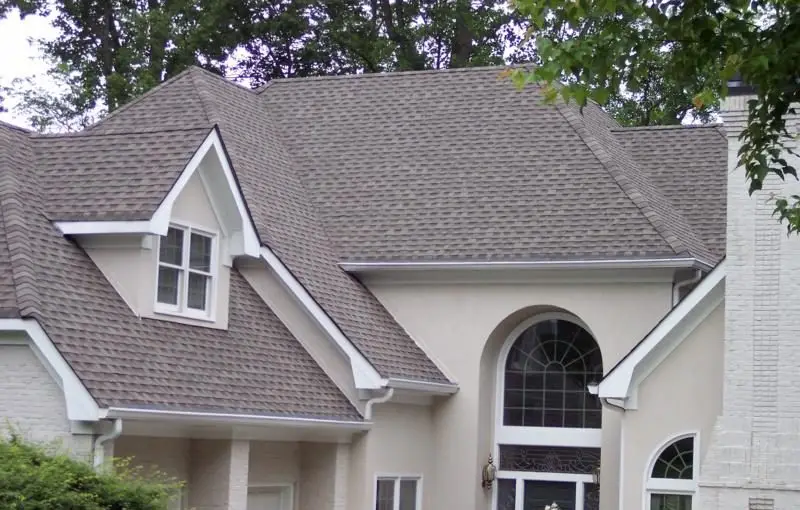The roof pitch, or the slope of a roof, is a fundamental aspect of a home’s architecture that goes beyond aesthetics. Today we delve into the significance of roof pitch, exploring how it impacts both the design and functionality of a house.
Roof pitch is more than just a stylistic choice; it plays a crucial role in determining how well a roof sheds water, resists weather elements, and complements the overall design of a home. Understanding the basics of roof pitch is essential for homeowners, architects, and builders alike.
What is Roof Pitch?
Roof pitch is the steepness of a roof expressed as a ratio of vertical rise to horizontal run. For example, a roof with a 6:12 pitch rises 6 inches vertically for every 12 inches of horizontal run. The pitch is a key factor in defining the character of a roof and affects its performance in various ways.

Impact on Water Drainage
One of the primary functions of a roof is to efficiently shed water away from the house. The steeper the roof pitch, the faster water can run off, reducing the risk of water pooling or leaks. A higher pitch is particularly crucial in areas with heavy rainfall or snowfall, as it helps prevent water-related issues.
Aesthetic Considerations
Roof pitch significantly contributes to the overall aesthetics of a home. Different pitch styles, such as steep gables or shallow slopes, can evoke specific architectural styles, from the classic look of steep-pitched roofs in colonial homes to the modern appeal of low-sloped roofs in contemporary designs.
Attic Space and Ventilation
Roof pitch also influences the usable space within the attic. A steeper pitch provides more headroom and potential for storage or living space. Additionally, it affects ventilation; a well-ventilated attic helps regulate temperature and moisture, contributing to the longevity of the roof and overall energy efficiency.
Energy Efficiency
The roof pitch can impact a home’s energy efficiency. In colder climates, steeper pitches can shed snow more effectively, preventing ice dams and reducing the load on the roof. In warmer climates, lower pitches might be preferred to maximize shade and minimize heat absorption.
Choosing the Right Roof Pitch
The ideal roof pitch depends on factors such as climate, architectural style, and personal preference. Collaborating with a skilled architect or roofing professional can help homeowners make informed decisions based on their specific needs and goals.
Roof pitch is a critical aspect of a home’s design and functionality. From water drainage and attic space to energy efficiency and aesthetic appeal, the pitch plays a multifaceted role in shaping the character and performance of a roof. Whether you’re building a new home or considering a roof replacement, understanding the impact of roof pitch empowers homeowners to make informed decisions that align with their vision for a safe, efficient, and visually appealing living space.
Atlanta Roofing Specialists is a full service residential and commercial roofing contractor serving Metro Atlanta GA since 1993. Schedule an estimate today by calling (770) 419-2222!

